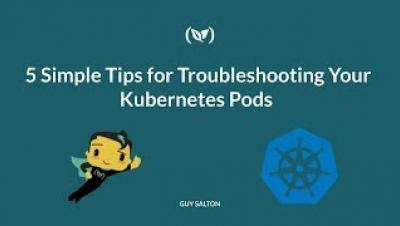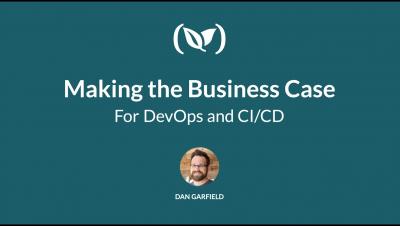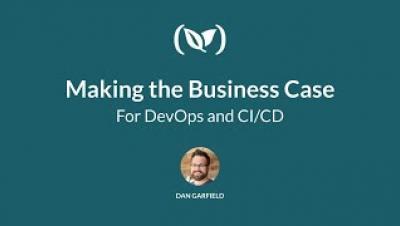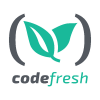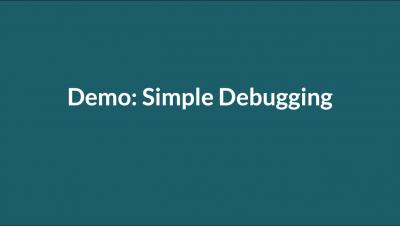Our roadmap for the new Docker image API and pipeline build step enhancements
In our previous announcement for the removal of the Codefresh Docker registry, we presented a timeline of the migration phases along with the actions expected from our customers. One of the milestones in the migration process is the introduction of our new Image API along with several enhancements on the pipeline build step. We believe that these features deserve a dedicated explanation of why they are useful on their own (regardless of the registry removal).



